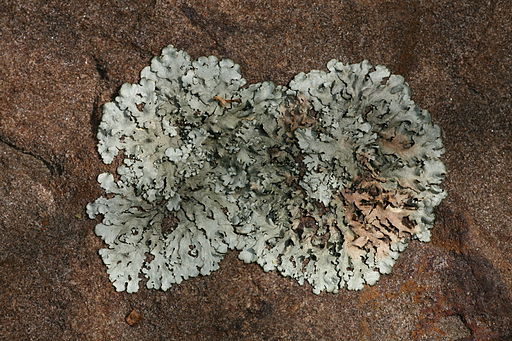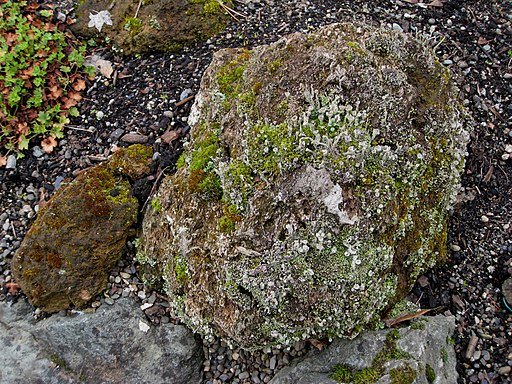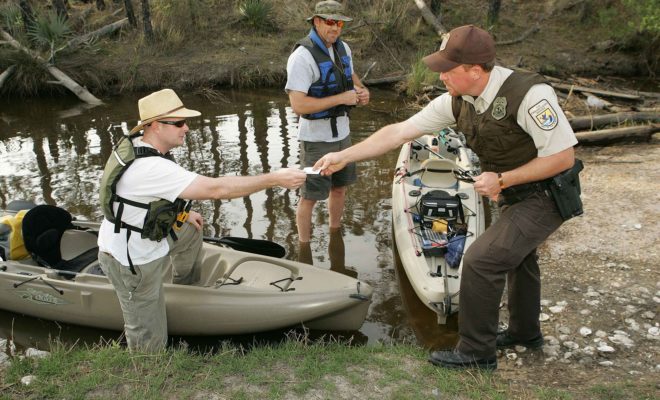Worried about Sea Level Rise? Look for the Lichens.
Posted
Last Updated
By Ian Rose.
One of the great infrastructure challenges of the next few decades is to figure out which coastal sites should be abandoned and which can be saved. Lichens can help.

The clock is ticking for many low-lying coastal areas. Sea level is rising faster than at any time in recorded history, promising to radically redraw the map. At a broad scale, we know this to be true. But knowing precisely which plots will be inundated and which will remain dry land is a much more daunting task. That effort may have an ally almost no one would have guessed: one of the smallest and least conspicuous forms of life—lichens.
More than 18,000 species of lichens have been described worldwide. Each is a community made up of one or more species of fungus and an alga or cyanobacteria. This combination has enabled lichens to survive in diverse and often hostile conditions, everything from tropical heat to bitter Antarctic cold.
To scratch out its niche, each species has developed to tolerate different levels of temperature, light, air quality, and other factors. Because of this sensitivity, lichens are already used by scientists to gauge environmental disturbance, such as the influence of logging or nitrogen pollution. Lichens also vary in their salt tolerance. It’s this property, says botanist Roger Rosentreter at Idaho’s Boise State University, that makes them so useful in understanding sea level rise.
“Lichens are a good indicator of site history,” says Rosentreter, who has studied lichens and related species for over 40 years.
Read more by hakaimagazine.com




